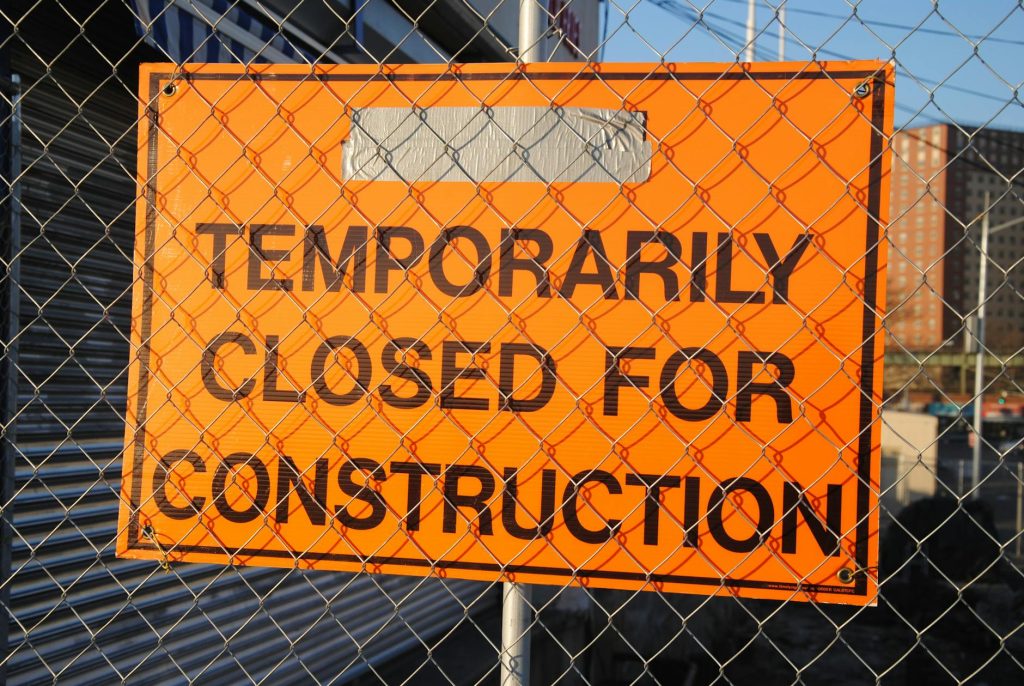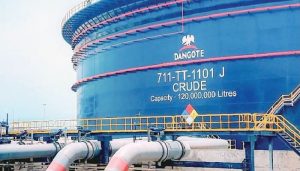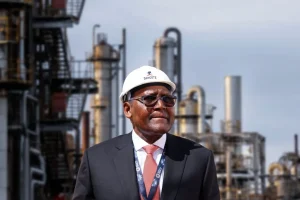The Future of Safe Construction: Lessons for Nigeria in 2025
Fatalities and collapses are preventable. Best practices in training, materials, and regulation are redefining construction safety in 2025—and they must be enforced at home.

In 2025, safety in the construction industry has become not just a regulatory requirement but a competitive differentiator. With rapid urbanisation, rising labour costs, and mounting public scrutiny over building collapses and worker injuries, companies and governments alike must adopt practices that not only comply with law but protect lives, reputations, and long-term profitability. Below are the leading best practices emerging globally and in Nigeria, along with what it takes to apply them well this year.
The first best practice is an organisational shift: from minimum regulatory compliance toward a pervasive culture of safety. In many construction firms, safety is still viewed as a checklist—helmets, boots, signage—but not as a mindset that permeates every decision. A recent report by the International Labour Organization (ILO) reiterates that modern safety standards require employers, workers, and regulators to work together across a construction project’s life cycle, identifying hazards early, embedding safety in design, and ensuring respect for a safe working environment.
In national practice, stakeholders have asked that standard practices and codes be adhered to—not just in the textbooks, but in every job site. At a 2025 conference in Abuja, participants emphasised that standardisation, supervision by qualified professionals, and material integrity are non-negotiable to stem building collapses and fatalities.
Moving beyond compliance means leadership must set the tone. Senior management must visibly commit to safety metrics, respond to incidents transparently, and ensure that reporting near-misses or hazards carries neither stigma nor cost. When safety is just another line item, shortcuts prevail; when it is a shared value, investment follows.
In 2025 the pace of technology adoption is accelerating in safety practice. Nigerian experts advocate immersive training models—virtual reality (VR), augmented reality (AR), extended reality (XR)—to simulate dangerous scenarios without real risk. Dr. Opeyemi Oyeyipo, for example, has emphasised how these technologies can reduce fatalities by helping workers experience hazards in a controlled environment before facing them on site.
Equally important is the use of predictive analytics, wearables, drones, and AI-driven monitoring. Around the world, research has shown that object detection models (e.g., YOLOv7-based systems) can accurately identify whether safety helmets and protective equipment are being worn, and alert supervisors in real time. Such innovations reduce response times and correct unsafe behaviour before accidents occur.
These tools must complement—not replace—human judgement and site leadership. Regular risk assessments and daily briefing (“toolbox talks”) remain essential. Training sessions should be continuous and context-specific: they must address local hazards like poor scaffolding, unstable power supply, or heat stress. The Nigerian construction sector has cited ‘economic constraints’ and ‘poor awareness’ as recurring barriers to effective self-regulation in health and safety.
Materials, design, and oversight are foundational. Substandard materials increase the risk of collapse, structural failure, and long-term hazards; too many building collapses in Nigeria are traced back to inferior concrete mix, poor reinforcement rods, or derelict inspection regimes. The Standards Organisation of Nigeria (SON) and other bodies have repeatedly called for stricter enforcement of building codes and certifications, insisting that every stage from design through to completion involve qualified technical supervision.
Regulation must also ensure that safety equipment is fit for purpose. Globally, OSHA recently finalised rules emphasizing proper fit for personal protective equipment (PPE), noting that poorly fitted helmets, boots, or gloves do more harm than good.
Strengthening regulation means guaranteeing that laws relating to safety are clear, that enforcement mechanisms are funded, inspections are regular, penalties for non-compliance are real, and that agencies are empowered. Where legal codes already exist, they must reflect local realities—heat, power interruptions, terrain, labour availability—not blindly imported specifications.
Even with culture, technology, and regulation, injuries and near misses will happen. What distinguishes safe organisations is how they respond. Best practice demands emergency planning and drills at every site. Workers should know evacuation routes, response teams must be appointed, first-aid equipment must be accessible and maintained.
Every incident or near miss should be investigated not to assign blame but to learn. Incident reporting mechanisms—anonymous if needed—help surface patterns. Leading safety programs globally have shown that companies participating in safety benchmarking frameworks (e.g. STEP by the Associated Builders and Contractors in the U.S.) can achieve 50-80% reductions in incident rates when management embraces both leading (proactive) and trailing (reactive) indicators.
Within Nigeria, site audits and integrity tests, particularly in areas with material reuse, or when structures change function, are critical. Lagos State Safety Commission recently called on practitioners to embed “due diligence and professionalism … not to cut corners,” especially in steel and iron material use, to prevent building collapses.


